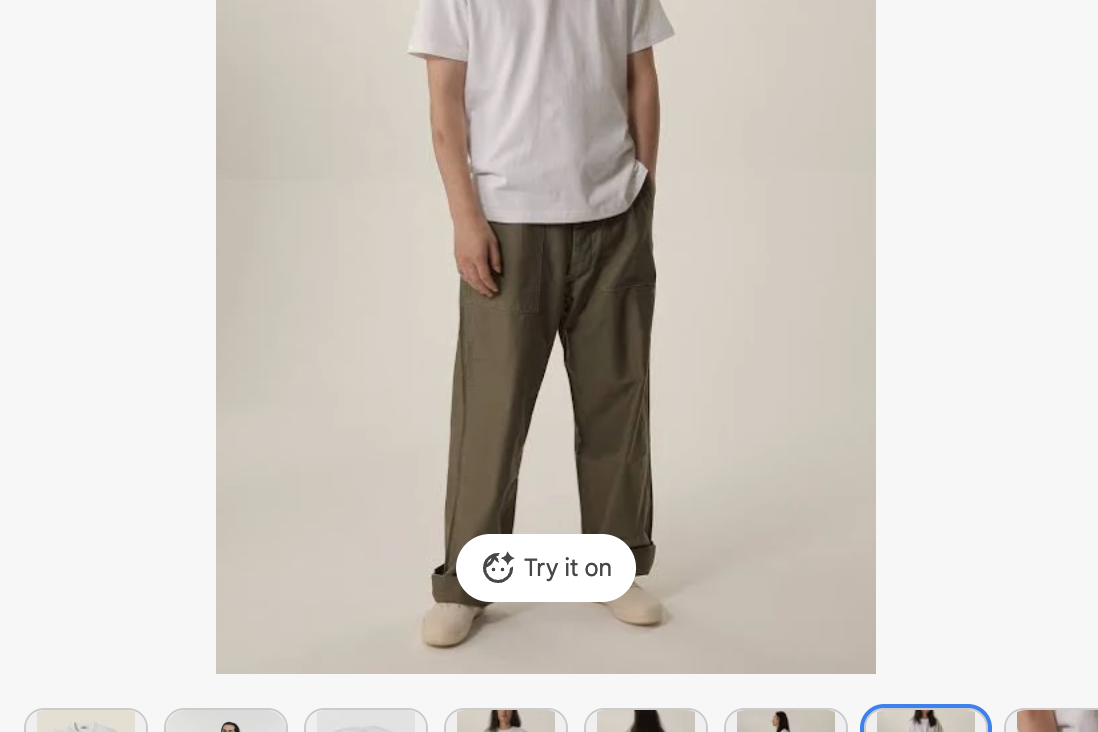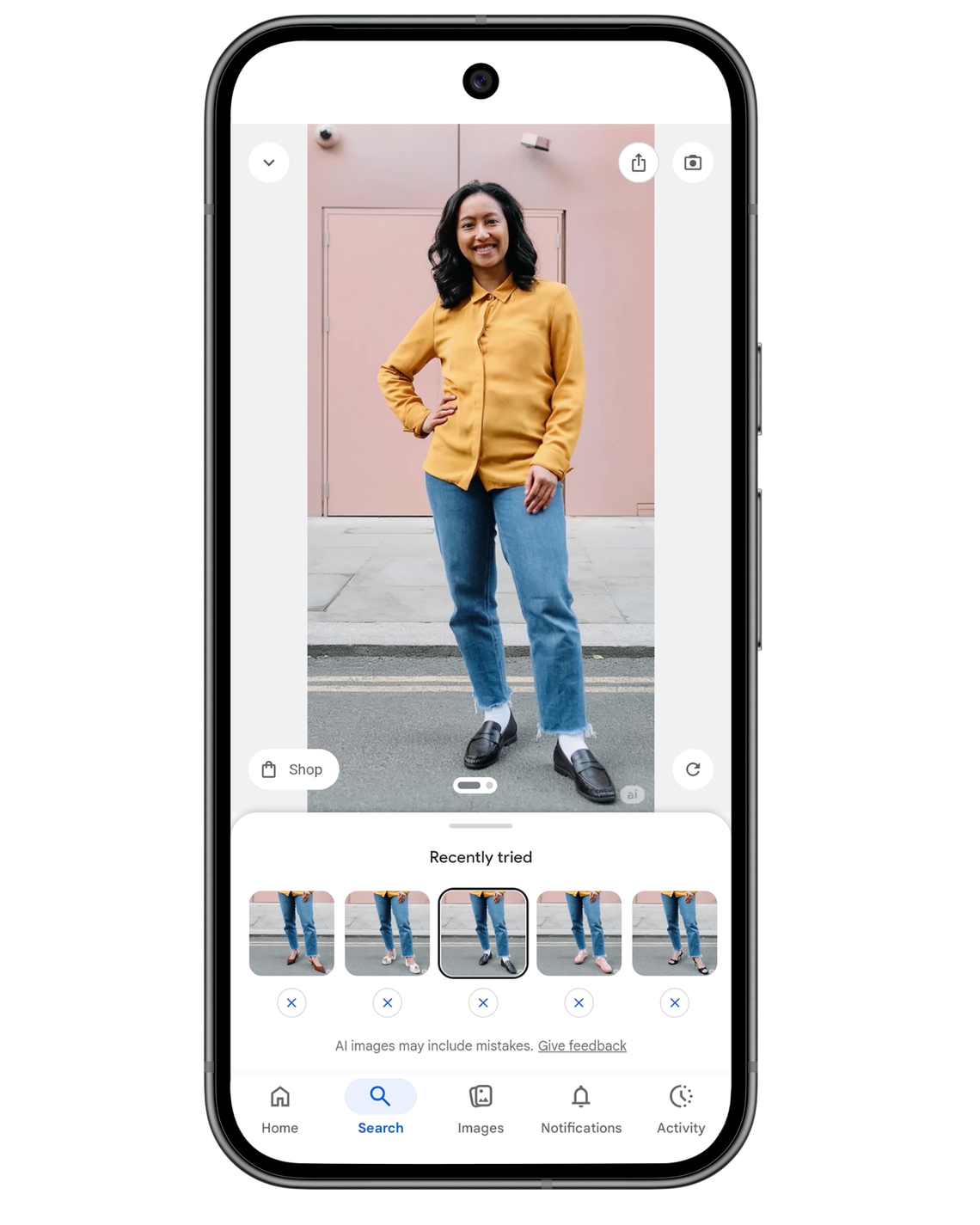
Photo-Illustration: Intelligencer; Photo: Glance
One of the main promises of online advertising is targeting. Tracking browsing habits helped early digital advertisers slice up audiences and sell them to marketers. Search engines like Google let brands buy ads around specific requests and revealed clear user intent. Social networks like Facebook used detailed profiles and voluminous social interactions to promise ads that were both precisely targeted and displayed in the context of highly personalized feeds, making billions of dollars in the process. Generative AI throws a few more possibilities into the mix. Companies can use automated copywriting and image generation to customize ads per user or draw on chatbot interactions, which Meta is already ingesting into its advertising platform.
New AI tech also makes possible stuff like this, as reported by the Verge:
DirecTV wants to use AI to put you, your family, and your pets inside a custom TV screensaver. If that’s not uncanny enough, you’ll find items you can shop for within that AI environment, whether it’s a piece of clothing similar to the one your AI likeness is wearing or a piece of furniture that pops up alongside it.
That feature comes courtesy of a company called Glance, which built a similar app for smartphones that claimed to use “a single selfie or an image from the image gallery to generate hyper-real images of consumers in outfits best suited for them,” after which users could “make real-time purchase decisions with just a tap.”
These are opt-in features tucked into a marginal product. But in digital advertising, uncomfortable ideas have a way of working their way in from the fringes of the industry, and much bigger firms are already playing with technology that’s at least conceptually similar to what Glance is offering here. Meta will generate AI avatars from a photo and then show you variations in your feed, which some users have mistaken for using their likenesses in targeted ads. Snap, which has been experimenting with automatically generated avatar content as well, started telling users last year that its “My Selfie” feature could be “used to power Generative AI, Cameos and other experiences on Snapchat that feature you, including ads.” Companies like HeyGen are rolling out AI spokespeople, making influencers’ likenesses available for ad campaigns. OpenAI just released Sora, which allows people to realistically deep-fake themselves and their friends, creating, among other things, ad-placement possibilities marketing executives couldn’t have fathomed just a few years ago — enabled by a company that needs to start making money and has expressed an interest in advertising. Google has been rolling out virtual try-ons in Google Shopping and has released a standalone app called Doppl for dressing yourself up in virtual outfits.

Photo: Google Shopping
Virtual try-ons are actually showing up all over the place in retail — you’ll find them on both luxury-brand apps and Shein — and they tend to suffer from the same issues, given that they’re essentially mashing images together: The clothes don’t fit quite right; the lighting is always strange; generations can take a little while; body types are approximated but rarely nailed. But they might be good enough to help rule something out or consider something new, and they’re certainly good enough to be compelling and occasionally fun to use. The temptation to merge virtual try-ons with ads — to follow users around the internet not just with evidence that you know a lot about them but with actual photos of themselves using new products — is surely massive but is currently constrained by two things. First, generating such images or videos is computationally and literally expensive. And second, putting users’ faces in, say, a branded Instagram Reel would probably feel to many like a violation. (For now, Google’s explainer about its virtual try-on feature marks a boundary far more conservative than that, emphasizing that the feature won’t currently show up on sponsored products.)

Photo: Google Shopping
One of those constraints will probably go away as AI models become more efficient. The other is a matter of expectations and norms around privacy, which, if the last two decades are any guide, have a tendency to either erode or get bulldozed. Given the hunger for return on AI investment and the close relationship between the advertising industry and AI — Google and Meta, for example, are advertising and AI giants, and it’s hard to imagine the latter holding out too long on a new technology that might improve ad performance — it’s probably a matter of time before someone breaks the seal and starts using customers to market to themselves at scale. Small companies are already trying something weird and uncomfortable. The bigger ones probably aren’t far behind.
From Intelligencer - Daily News, Politics, Business, and Tech via this RSS feed

